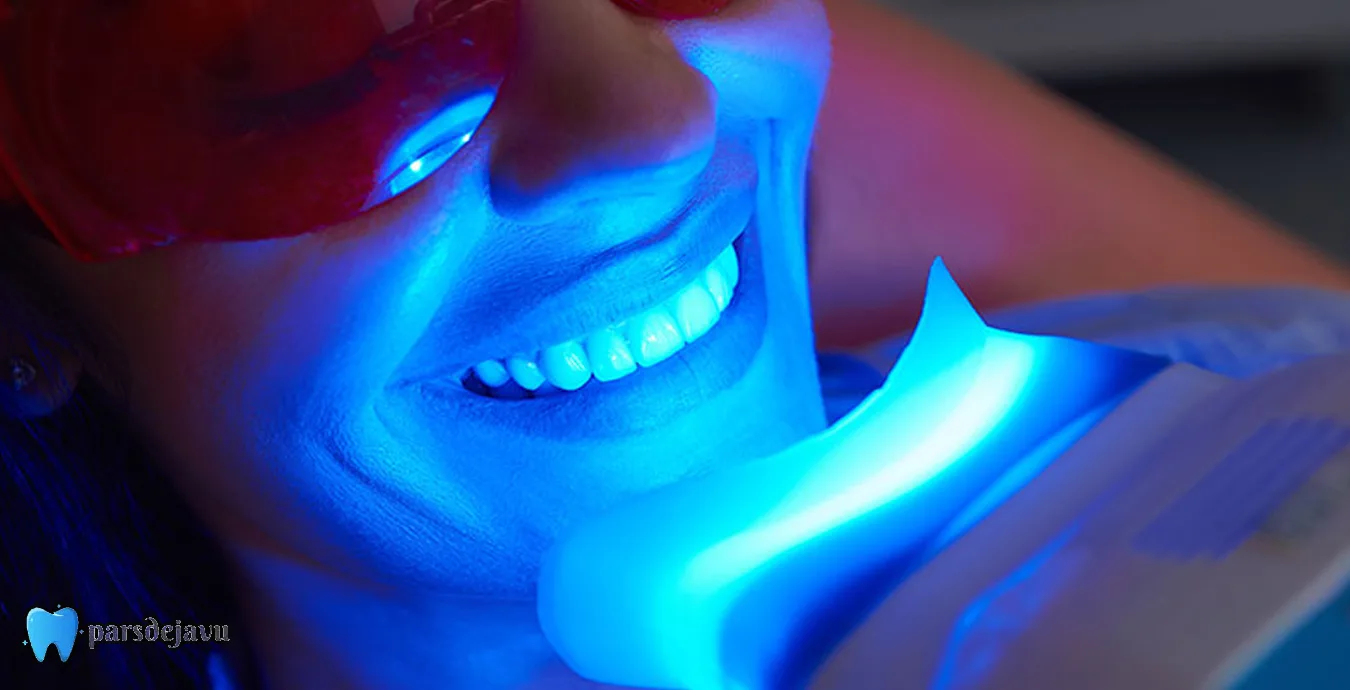A dental bridge is a reliable, quick, and professional solution for replacing missing teeth. It has long been one of the most commonly used restorative treatments in dentistry.
At Parsi Dejavu Dental Clinic in Zafaraniyeh, Tehran, we offer various types of dental bridges with the highest quality standards, using modern technologies and an experienced team of specialists.
This content is a comprehensive guide for those seeking an effective and aesthetic replacement for missing teeth—explained in a clear, professional, and accessible manner.
Book Appointment
"*" indicates required fields
What Is a Dental Bridge?
A dental bridge is a fixed structure consisting of one or more artificial teeth used to replace missing teeth. These artificial teeth, called pontics, are anchored to the neighboring natural teeth using dental crowns.
The adjacent teeth on either side of the gap act as abutments. After being shaped, the bridge is fitted over them. In some cases, dental implants can also serve as abutments.
Why Use a Dental Bridge?
Even losing a single tooth can cause multiple issues. The gap may lead to shifting of neighboring teeth, gum recession, decreased chewing efficiency, and even facial changes. A person’s smile and confidence can also be affected.
A bridge is a fast and effective solution that not only resolves these problems but also restores the natural appearance of the teeth. It helps stabilize the jaw structure, maintain alignment, and prevent other teeth from shifting.

Types of Dental Bridges
At Parsi Dejavu Clinic, the type of bridge is selected based on the patient’s needs. Common types include:
A bridge, as a quick and effective solution, not only fixes these problems but also restores the natural appearance of the teeth. A dental bridge stabilizes the jaw structure, maintains the order of other teeth, and prevents them from shifting.
Types of Dental Bridges
At Parsi Dejavu Clinic, the type of bridge is selected based on the patient’s needs. Common types include:
Traditional Bridge: The most common type, held in place by crowns on two adjacent teeth.
Cantilever Bridge: Attached to only one supporting tooth, suitable for smaller gaps.
Maryland Bridge: Uses metal or porcelain wings bonded to the back of adjacent teeth—mainly for front teeth.
Implant-Supported Bridge: Uses dental implants instead of natural teeth as abutments—provides maximum strength and durability.
Steps of Dental Bridge Placement
At Parsi Dejavu Clinic, the process of making and installing dental bridges is carried out with precision and in full compliance with scientific principles. The steps are as follows:
1. Examination & Planning
The patient is examined by a restorative specialist, and X-rays may be taken. If the mouth condition allows, the dentist prepares the abutment teeth by shaping them.
2. Impression & Temporary Bridge
An impression of the teeth is sent to the lab. Meanwhile, a temporary bridge is placed for protection and aesthetics.
3. Final Bridge Placement
Once the final bridge is ready, it is precisely cemented in place. The dentist checks bite, comfort, and aesthetics before finalizing.
Aftercare for Dental Bridges
Although bridges are durable, proper care is essential for longevity:
- Brush twice daily
- Use floss designed for bridges (super floss)
- Visit the dentist regularly for checkups
- Avoid chewing hard foods like ice or nuts
- Use antibacterial mouthwash
Good oral hygiene extends the bridge’s life and helps prevent gum disease and secondary decay.

Advantages of Dental Bridges
Restores the beauty of your smile
Maintains facial shape and improves appearance
Restores chewing and speaking abilities
Matches the color and shape of natural teeth
Faster and more affordable than implants
Ideal for patients with medical or financial limitations
How Long Do Dental Bridges Last?
Depending on the type, patient care, and dentist’s expertise, bridges last 7 to 15 years on average. With good hygiene and regular dental visits, they may last even longer.
Implant-supported bridges are the most durable, though they require more time and cost.
Dental Bridge vs. Implant
Implants are more durable and functionally superior, but they require surgery, more time, and higher costs.
Bridges are better suited for patients seeking a quicker, non-surgical, and budget-friendly solution.
At Parsi Dejavu, we help patients choose the best option based on their oral health, budget, and cosmetic goals.
Cost of Dental Bridge in Tehran
Costs vary based on the type of bridge, number of missing teeth, materials used, lab technology, and dentist’s expertise. For example, zirconia bridges cost more than ceramic or metal ones.
At Parsi Dejavu Clinic, after consultation and examination, a detailed cost estimate is provided. We aim to offer high-quality yet fair and affordable treatments.
Why Parsi Dejavu Dental Clinic?
- Experienced cosmetic and restorative dentists
- Calm, luxurious, and hygienic environment in Zafaraniyeh
- Use of top-grade materials and modern technologies
- All services provided in-house—no external referrals
- Strict adherence to sterilization and safety
- Post-treatment support and follow-up care
